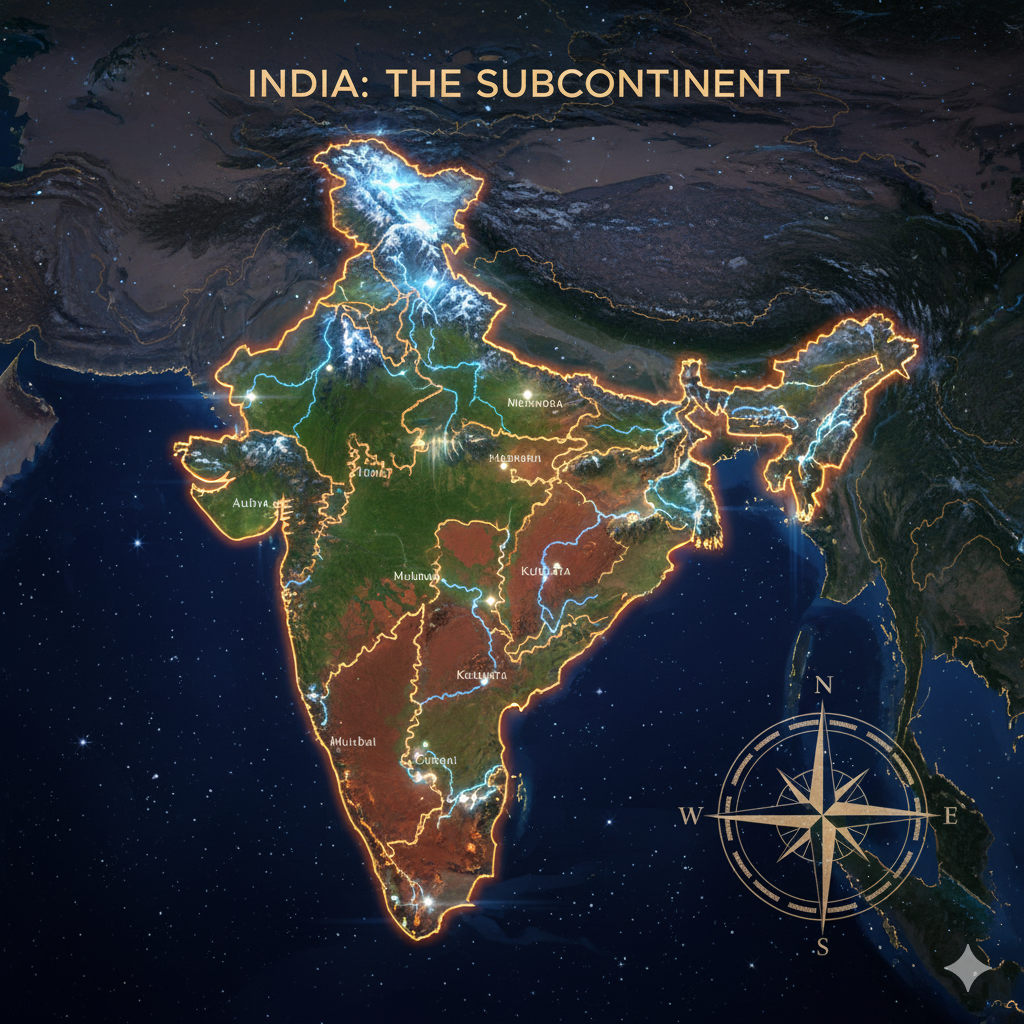Introduction
Water bodies such as lakes, ponds, wetlands, and rivers are essential components of the natural ecosystem. They regulate the hydrological cycle, recharge groundwater, control floods, provide habitats for biodiversity, and support human settlements through water supply, agriculture, and recreation. However, in rapidly urbanizing regions of the world—including India—natural water bodies are increasingly being reclaimed or encroached upon to create space for housing, commercial complexes, roads, and other urban infrastructure.
The reclamation of water bodies for urban land use has profound environmental implications, many of which are irreversible. While it may seem like an immediate solution to the problem of limited land availability in densely populated cities, the long-term costs—environmental degradation, urban flooding, loss of biodiversity, and water insecurity—far outweigh the short-term gains.
This article critically examines the environmental consequences of reclaiming water bodies for urban land use, supported by case studies and real-world examples, with a particular focus on India.
Understanding Reclamation of Water Bodies
What Is Reclamation?
Reclamation refers to the process of converting wetlands, lakes, ponds, or marshy areas into usable land for urban, industrial, or agricultural purposes. It often involves:
- Filling water bodies with debris, sand, or construction waste.
- Diverting natural streams and channels.
- Encroaching upon floodplains and wetlands.
Drivers of Reclamation in Urban Areas
- Population Pressure – Rapid urbanization increases demand for land.
- Real Estate Growth – Lakes and wetlands, often located centrally, are prime areas for high-value real estate projects.
- Infrastructure Expansion – Roads, flyovers, airports, and industrial estates frequently overlap with natural water bodies.
- Neglect of Governance – Weak enforcement of environmental laws and poor urban planning encourage illegal reclamation.
Environmental Implications of Reclamation
1. Loss of Natural Drainage Systems
- Water bodies act as natural sponges, absorbing rainwater and preventing flooding.
- When reclaimed, stormwater has no outlet, leading to urban flooding.
- Example: The 2015 Chennai floods were partly caused by encroachment and reclamation of wetlands and marshes, which blocked natural drainage.
2. Groundwater Depletion
- Lakes and wetlands recharge groundwater by allowing percolation.
- Their loss results in declining groundwater levels, forcing cities to depend on external sources.
- Example: Bengaluru, once called the “city of lakes,” has witnessed severe water shortages due to the destruction of over 70% of its water bodies.
3. Increased Urban Flooding
- Reclaimed wetlands and lakes no longer absorb excess rainfall.
- Impermeable surfaces like concrete increase surface runoff, overwhelming storm drains.
- Example: Mumbai’s flooding is often linked to the reclamation of the Mithi River floodplain and coastal wetlands for urban expansion.
4. Biodiversity Loss
- Wetlands and lakes are critical habitats for fish, amphibians, birds, and aquatic plants.
- Reclamation leads to habitat destruction and declining biodiversity.
- Example: Pallikaranai marshland in Chennai once supported hundreds of bird species but has been reduced to a fraction of its original size due to reclamation.
5. Urban Heat Island Effect (UHI)
- Water bodies regulate local microclimates by cooling the surrounding air.
- Their removal leads to higher surface temperatures and the urban heat island effect.
- Cities with fewer water bodies experience hotter summers and higher energy demands for cooling.
6. Water Pollution
- Reclaimed wetlands often turn into dumping grounds for sewage and solid waste.
- Without natural wetlands acting as biofilters, pollution levels in rivers and groundwater increase.
- Example: Lakes in Hyderabad, such as Hussain Sagar, have become highly polluted due to reclamation and waste inflow.
7. Soil Subsidence and Instability
- Constructing buildings on reclaimed land often leads to soil instability and subsidence.
- This not only threatens infrastructure but also increases disaster vulnerability.
- Example: In parts of Kolkata, buildings on reclaimed wetlands have experienced foundation instability.
8. Climate Change Vulnerability
- Wetlands and water bodies act as carbon sinks, storing large amounts of carbon in vegetation and soil.
- Reclamation releases stored carbon and methane, contributing to climate change.
- Loss of natural buffers like mangroves makes coastal cities more vulnerable to cyclones and sea-level rise.
Case Studies
1. Bengaluru – From City of Lakes to City of Droughts
- Bengaluru historically had over 250 lakes interconnected by a system of canals.
- Due to urban expansion, more than 70% of these lakes have been encroached upon or filled for construction.
- The result has been severe urban flooding during monsoons and water scarcity in summers, forcing the city to rely on the Cauvery River.
2. Chennai – Pallikaranai Marshland
- Once spanning over 5,000 hectares, this marsh was an important flood cushion and biodiversity hotspot.
- Today, it has shrunk to less than 600 hectares due to IT corridors, garbage dumping, and road construction.
- Consequences include flooding in south Chennai, loss of bird habitats, and rising groundwater stress.
3. Mumbai – Mithi River Reclamation
- The Mithi River and surrounding wetlands were reclaimed for urban development, including the Bandra-Kurla Complex.
- In 2005, Mumbai experienced one of its worst floods, killing over 1,000 people. Experts linked the disaster to obstruction of natural drainage channels.
4. Delhi – Yamuna Floodplain Encroachment
- Large parts of the Yamuna floodplain have been encroached for housing, commercial complexes, and metro stations.
- This has worsened water pollution, reduced flood resilience, and destroyed riparian habitats.
Broader Implications for Urban Sustainability
- Food Security
- Wetlands often support peri-urban agriculture. Reclamation reduces agricultural land, threatening food supplies for urban populations.
- Wetlands often support peri-urban agriculture. Reclamation reduces agricultural land, threatening food supplies for urban populations.
- Public Health
- Reclaimed wetlands often stagnate and become breeding grounds for mosquitoes, leading to malaria, dengue, and chikungunya outbreaks.
- Reclaimed wetlands often stagnate and become breeding grounds for mosquitoes, leading to malaria, dengue, and chikungunya outbreaks.
- Economic Costs
- While reclaimed land generates short-term real estate profits, the long-term economic costs of flood damage, water scarcity, and health problems are much higher.
- While reclaimed land generates short-term real estate profits, the long-term economic costs of flood damage, water scarcity, and health problems are much higher.
- Loss of Cultural Heritage
- Many urban lakes and ponds are linked to religious and cultural traditions. Their destruction erases community identities and practices.
Global Examples
- Singapore: Despite land reclamation projects, the government has invested heavily in artificial reservoirs and stormwater management to balance environmental concerns.
- Jakarta, Indonesia: Massive reclamation of wetlands and coastal areas has made the city highly prone to flooding, prompting a controversial plan to move the capital.
- Netherlands: A rare example where reclamation was balanced with advanced flood management, though at extremely high infrastructure costs.
Measures to Mitigate the Impact
1. Urban Planning and Zoning
- Enforce strict land-use zoning to prevent encroachment on lakes and wetlands.
- Include blue-green infrastructure (integration of water bodies and vegetation) in master plans.
2. Restoration of Water Bodies
- Undertake ecological restoration of degraded lakes and wetlands.
- Example: The rejuvenation of Jakkur Lake in Bengaluru, which combined sewage treatment with community participation.
3. Community Participation
- Local residents should be empowered to monitor and protect water bodies through citizen groups.
4. Stronger Legal Protection
- Implement and enforce laws like the Wetland (Conservation and Management) Rules, 2017, more effectively.
- Penalize illegal encroachments and demolish constructions on reclaimed wetlands.
5. Technological Solutions
- Use GIS and satellite imagery to map and monitor urban water bodies.
- Develop stormwater harvesting systems integrated with natural lakes.
6. Sustainable Urban Development
- Promote vertical growth instead of horizontal sprawl.
- Encourage eco-friendly construction practices and green certifications for projects.
Conclusion
The reclamation of water bodies into urban land use represents a dangerous trend that undermines environmental sustainability, water security, and disaster resilience. While urbanization is inevitable, it must not come at the cost of ecological stability.
The examples of Bengaluru’s water crisis, Chennai’s floods, Mumbai’s drainage collapse, and Delhi’s Yamuna pollution highlight how short-sighted urban development can lead to long-term environmental disasters.
A sustainable path forward lies in preserving existing water bodies, restoring degraded wetlands, enforcing laws, and integrating blue-green infrastructure into urban planning. Urban growth must align with ecological limits, ensuring that water bodies are seen not as empty spaces to be filled but as life-supporting ecosystems essential for the well-being of cities and their inhabitants.




